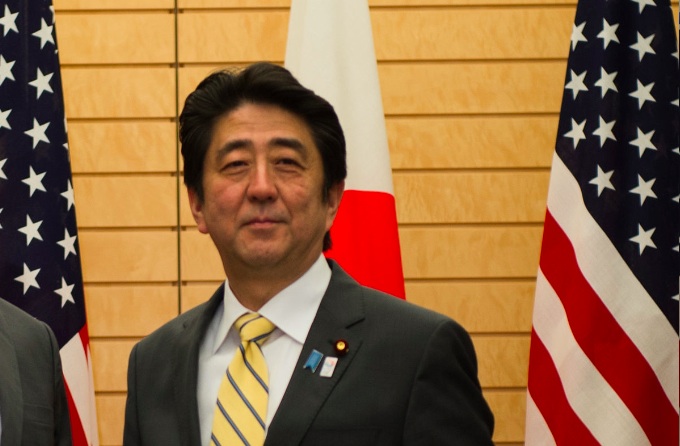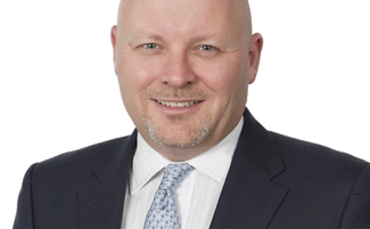Global equities and global bonds delivered further gains in June 2014, with the MSCI World index up 1.83% in US dollar terms while the JP Morgan Global Government Bond index returned 0.69%, also in dollar terms. Regionally, UK equities were one of the main laggards during the month, as FX-related earnings downgrades weighed on sentiment. By contrast, Japanese equities performed strongly as the recent news that the Government Pension Investment Fund will increase its exposure to equities helped to lift sentiment. The announcement in relation to the GPIF is significant as it has assets of c.$1.2 trillion. Japanese equities were also buoyed by PM Shinzo Abe’s comment in the Financial Times that he is genuinely committed to the ‘third arrow’ of Abenomics (that is, committed to promoting faster rates of economic growth in Japan) rather than focusing solely on monetary and fiscal measures.
For 2014 to date, investors have benefited from low levels of volatility everywhere – which has enabled bonds and equities to rally alongside each other. The question now has to be: how much more peace and quiet can we expect? Recent developments in Portugal, while idiosyncratic rather than systemic in our view, have shown that the banking sector can continue to be a source of unwelcome and unexpected surprises; markets will now await a fuller picture of the health of European banks, which should emerge when the ECB completes its ‘stress tests’ later this year. The geopolitical environment is undeniably worse than it was at the beginning of the year, with ongoing tension between Russia and Ukraine and concerns that Iraq and Syria could be further destabilised by the growing strength of Isis, the jihadist group. In the US, the Fed has signalled that its bond-buying programme will come to an end this year. With the exception of the recent news from Portugal, markets have largely taken all these developments in their stride. While this has suited our pro-equity stance, it has left us somewhat puzzled as the rise in core yields that we expected at that start of 2014 has not materialised.
In terms of where fixed income markets go from here, we still think it is very difficult to be positive on core government markets. The weak Q1 US GDP print may well have provided some support for core bond prices but policy normalisation – albeit at a slow pace – is coming in the US and UK whether fixed income markets like it or not. In our view, corporate credit remains more attractive than government debt but there are clear signs now that non-financial corporates are starting to re-lever their balance sheets. Whilst that is generally positive for high yield (as takeovers often involve a higher-rated firm taking over a lower- rated one) it is not so positive for investment grade. Nonetheless, given the significantly better health of corporate balance sheets when compared to those of sovereign issuers, we still think that credit remains relatively attractive for now.
In equity markets, we remain constructive on the outlook for the remainder of the year, with overweight positions in the UK and Japan in our asset allocation model. UK earnings expectations have faced headwinds recently because of the pound’s strength, but in common currency terms the picture looks more positive. The UK also benefits from an attractive dividend yield, which we believe is likely to remain a favourable characteristic in a low-growth/low-return world. Japanese equities are attractively valued versus developed world equities and the recent comments from Mr. Abe show that he is serious about making Abenomics work. For us, the real challenge will be to ascertain when the valuation re-rating of equities runs out of steam. With the notable exception of the US, earnings growth is simply not coming through fast enough to allow equities to make a lot more progress from current levels. August is traditionally a quiet time for equity markets, due to seasonally low flow and volatility levels, but, as recent events have shown, it is dangerous to assume that accommodative monetary policy alone will cure all ills.
Investment strategy by Mark Burgess, Chief Investment Officer, Threadneedle


